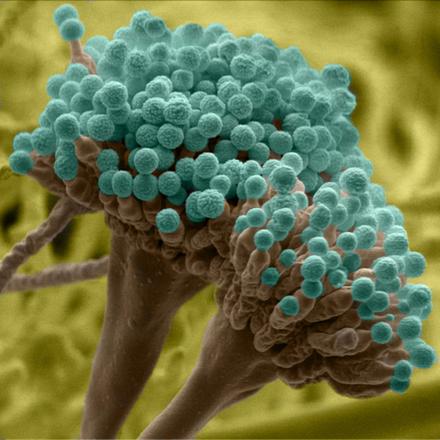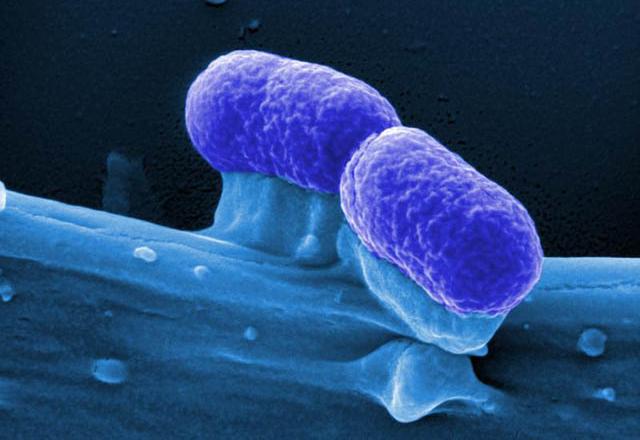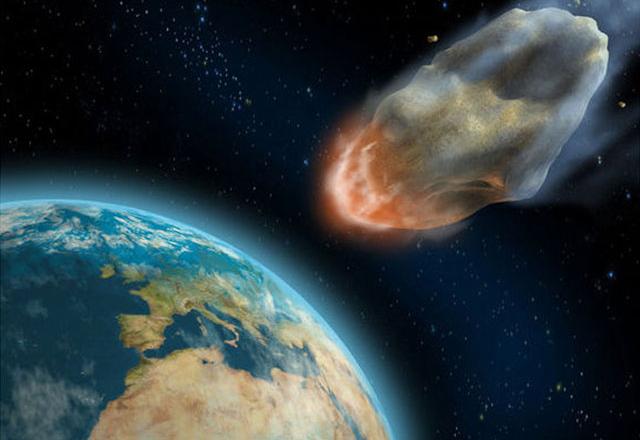You are here
Scientists send fungi into space in hope of developing new medicines
By Los Angeles Times (TNS) - Apr 06,2016 - Last updated at Apr 06,2016

Moulds of the genus Aspergillus fungi (Photo courtesy of wordpress.com)
Scientists are sending four strains of fungi to the International Space Station (ISS) to see what happens when the tiny organisms contend with the stress of microgravity and space radiation.
It’s not just for kicks. Researchers say that putting these fungi in an extraterrestrial environment could cause them to produce new medicines for use on Earth and perhaps even on long-term space missions.
The work is one of the first to look at the intersection of pharmaceutical science and space exploration, said principal investigator Clay Wang, a professor of pharmacology at the University of Southern California (USC).
Most of us think of fungus as something we don’t want around — not on our feet, not on our food and not on our plants. But some members of the vast fungi kingdom have been hugely beneficial to humans.
Decades ago, scientists discovered that certain species of fungi create molecules called secondary metabolites to help combat stressful situations. By harvesting these molecules, researchers have been able to make new and important drugs that have changed the trajectory of medicine.
The most famous of these is penicillin, an antibiotic produced by members of the Penicillium genus when they are exposed to bacteria. Penicillin’s bacteria-fighting properties were discovered by the Scottish pharmacologist Alexander Fleming in 1928, and the drug is now used throughout the world to fight infectious diseases.
Other fungi-produced medicines include the cholesterol-lowering drug lovastatin and the anti-fungal griseofluvin. Researchers are also looking into whether other secondary metabolites might also be used to fight cancer, osteoporosis and Alzheimer’s disease.
Wang has used genome sequencing to show that Aspergillus nidulans, one of the most studied fungi, has 40 different drugmaking pathways. However, most of them are never “turned on”.
“In nature, fungi only make what they need to respond to their environment,” Wang said. “These pathways are like a set of tools or weapons in their arsenal, and most of the time they are not in use.”
At his lab at USC, Wang and his students grow fungi in 60 different “stressful” environments, in an effort to coax the organisms to create new medicines that have never been seen before. But the only way to expose fungi to the stressors of a space environment is to send them off the planet.
To do that, Wang partnered with Kasthuri Venkateswaran, a microbiologist at the Jet Propulsion Laboratory in La Canada Flintridge, California, who studies microbes in space. Venkateswaran said NASA has previously sent bacteria and yeast to the ISS, but this is the first time the space agency would be deliberately growing fungi inside the space laboratory.
On April 8, four different strains of the fungi Aspergillius nidulans will launch aboard a Falcon 9 rocket from the Cape Canaveral Air Force Station in Florida. They are scheduled to return to Earth on May 10.
The actual experiment will last just three to seven days. One of the benefits of working with this particular fungi is that its growth can be controlled by temperature. For most of its time in space, the fungi will be stored at 4°C. When the experiment begins, the fungi will be placed in an ideal growth condition of 37°C.
At the same time, the same four strains of the fungi will be grown on Earth to serve as a control.
The research team, which includes USC School of Pharmacy doctoral students Jillian Romsdahl and Adriana Blachowicz, hope to get the fungi that journeyed to space back to the lab for testing by the middle of May.
One of the team’s hypotheses is that the extraterrestrial fungi will produce molecules to protect them from space radiation that they do not need to produce when they are living on Earth.
“We know if there is high radiation, they will adapt, but we are not sure what that adaptation will be,” Wang said.
When the space fungi samples return, the researchers will analyse what secondary metabolites they produced, as well as what genetic regulators or “switches” the fungi used to activate the genes that produce those metabolites. Once the scientists know that, they can genetically manipulate the organism into producing those same metabolites back home.
“The lessons we will learn in space will be brought to Earth,” Wang said.
Although it is still unclear exactly what those lessons will be, the researchers are confident they will learn something.
“Even if it doesn’t make something new, I know it will make more or less of something in space, and that will allow us to figure out how to amplify a drug or make less of something we don’t want,” he said. “This is one of those great experiments with no bad answer.”
Related Articles
Pampering leafcutter ants with fragrant rose petals and fresh oranges may seem an unlikely way to rescue modern medicine, but scientists at a lab in eastern England think it’s well worth trying.
The secret to a healthier life may lie in the guts of elite athletes.Scientists who studied marathon runners discovered a type of bacteria t
Researchers have recreated a split-second impact of a meteor with primordial Earth, and shown how the 3.5-megatonne collision might have reorganised common molecules into some of the early building blocks that led to all life.



















